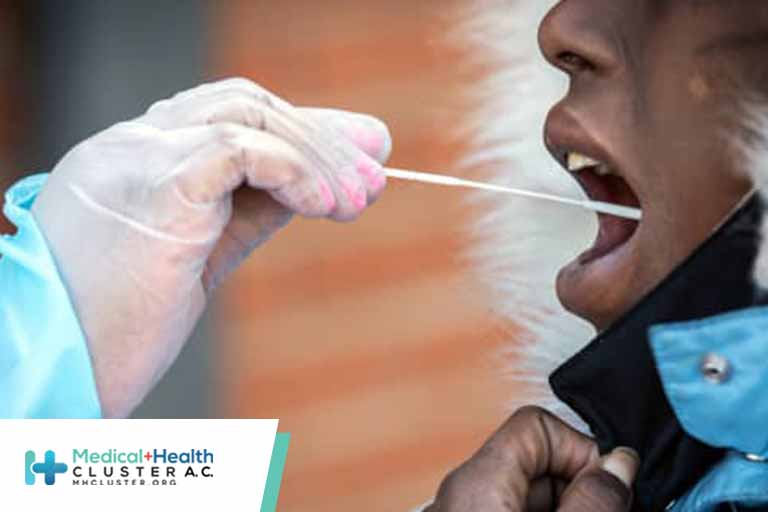En atención a la creciente preocupación sobre la confianza en...
Leer más
Covid infections plummet 90% from U.S. pandemic high, states lift mask mandates

- New omicron infections in the U.S. have plummeted 90% from a pandemic high in a little over a month.
- The U.S. is reporting about 84,000 new cases per day on average, according to data compiled by Johns Hopkins University, down from a pandemic high of more than 800,000 daily cases on Jan. 15
- As the nation emerges from the omicron wave, the states and the federal government are trying to move past the crisis mentality that has gripped the nation for two years ago.
-
U.S. health officials are optimistic, albeit cautiously, the country has turned the corner on the unprecedented wave of infection caused by the omicron Covid variant as new cases plummet 90% from a pandemic record set just five weeks ago.
As the nation emerges from the omicron wave, U.S. and state leaders are trying to mentally move past the crisis that has gripped everyone since the pandemic began two years ago. Public health leaders have begun rolling out plans to deal with the virus as a persistent but manageable risk in the future.
The U.S. is reporting about 84,000 new cases per day on average, according to data compiled by Johns Hopkins University, down from a pandemic high of more than 800,000 daily cases on Jan. 15. And the decline is widespread across the nation, with average daily cases down by at least 40% in all U.S. regions over the past two weeks, according to a CNBC analysis of Hopkins data.
Hospitalizations have also fallen sharply. There are about 66,000 patients in U.S. hospitals with Covid as of Monday, according to a seven-day average of data from the Department of Health and Human Services, down from the Jan. 20 peak of 159,000 patients.
The Covid death toll, which typically lags a rise in cases by a number of weeks, is elevated but showing signs of easing. Average daily deaths reached the highest level in about a year on Feb. 1 at nearly 2,600 per day and have since fallen below 2,000.
“While we’re not where we all want to be yet, we’re encouraged by the dramatic declines we’re seeing in cases and hospitalizations nationwide,” Jeff Zients, White House Covid response coordinator, told the public during briefing last week.
The omicron variant caused a surge in cases like no other wave, pushing infections from less than 100,000 a day just after Thanksgiving to a peak of 802,000 by mid-January before falling just as rapidly. “It was really fast, furious, like a flash flood,” said Johns Hopkins epidemiologist Jennifer Nuzzo.
While the U.S. is moving in the right direction, Nuzzo cautioned that the omicron subvariant BA.2 could slow the recovery. BA.2 is more transmissible than the original omicron strain, though it’s currently circulating at a low level in the U.S.
“I don’t think BA.2 is going to cause the huge spike that we saw in the winter,” Nuzzo said, noting that there’s probably a fair amount of immunity in the population after the omicron wave. “But it’s possible it could drag out the decline, the rate of slowdown,” she said.
Though infections remain an important early warning sign, hospitalizations and deaths are the most important indicator of how the U.S. should respond to Covid moving forward, Nuzzo said. Omicron generally doesn’t make people as sick as the delta variant, so infection numbers alone don’t provide a full picture of how the pandemic is impacting society.
The U.S. now has the ability to focus its response on protecting those who remain vulnerable despite being vaccinated, Nuzzo said, such as people with compromised immune systems.
“We’re in a different state now than we were in 2020,” Nuzzo said. “We have vaccines, we have a virus that on a per case basis tends to be less lethal, even though that’s very much tied to the level of immunity that exists in our population. Now we have much more abilities to target our resources.”




